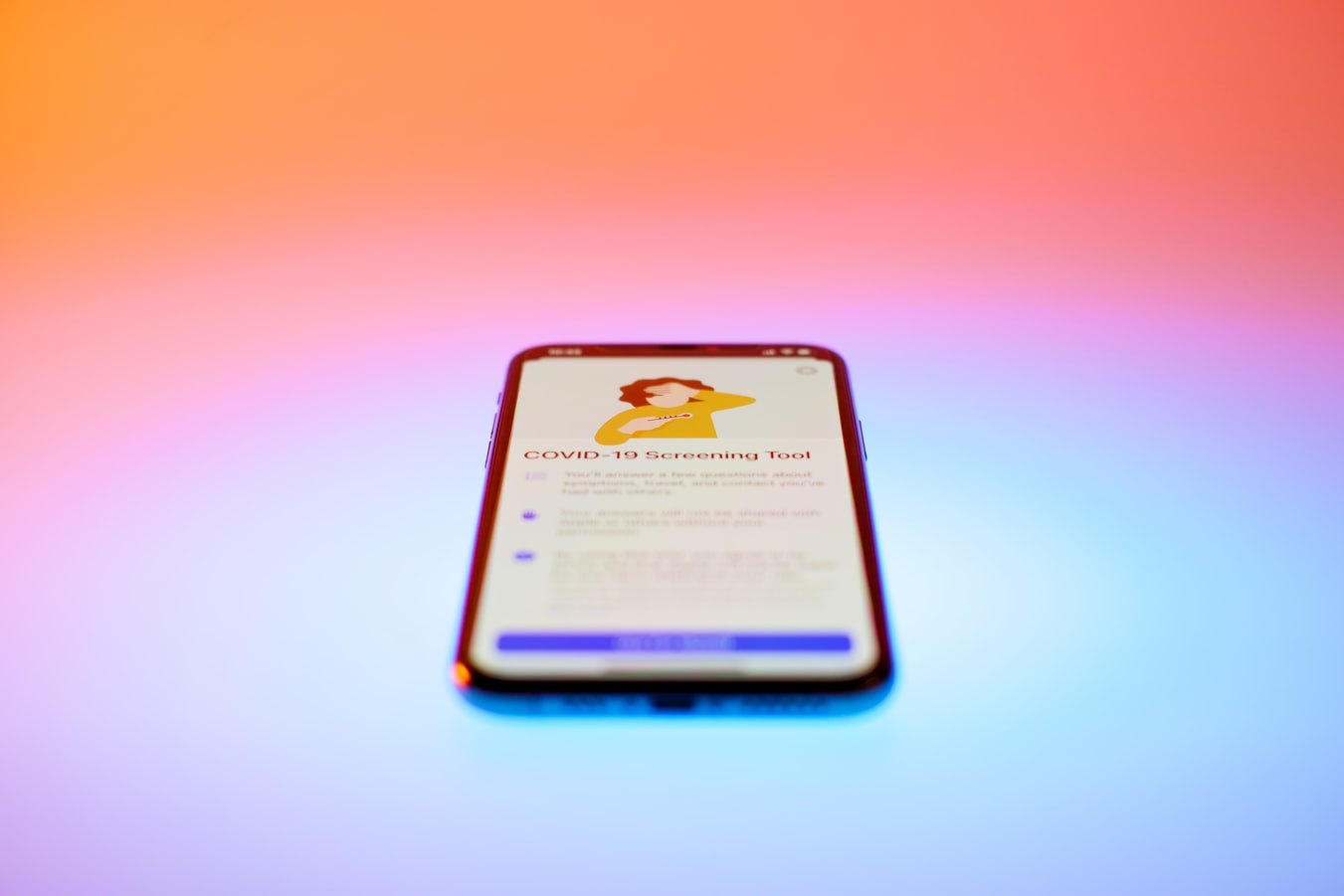Many B2B marketers weren’t prepared for COVID-19. Then again, who was? Then, when a pandemic was declared, what suddenly disappeared was one of the main tools employed by B2B marketers, the trade show. Their second tool, in-person visits, was severely damaged as well.
Traditions are good and nice things to observe until they disappear. Personal relationships had been a critical part of B2B sales, and those venues provided for that. Until the pandemic, digital marketing had not been considered an important part of B2B sales, but that’s since changed.
As much as the absence of trade shows was an abrupt surprise for marketers, it, too, was met with the same confusion by buyers. Their traditional journey had been seriously interrupted as well, and many suddenly became more cautious.
5WPR Insights
Adapting to Change
Because the traditional approach is gone, digital and personalized approaches must be employed. COVID-19 brought up a lot of things and changed most people’s lives. Some buyers lost jobs or were furloughed. Some companies went out of business. Some clients had relatives who became ill. If none were directly affected, they likely knew others who were. Given the new stage, the biggest shift for B2B marketers is connecting with empathy.
Being directly affected and/or knowing someone who was is now the common ground. Where trade shows enabled customers to see and feel products, COVID-19 demands that marketers establish relationships virtually and leverage the earned trust and credibility to build sales.
A compromise to trade shows is a digital forum in which potential customers can hold constructive dialogue. Encouraging and allowing audience members to share concerns and offer input is engaging and empowering. By listening, marketers can sometimes learn a lot.
A study completed just before the pandemic by MarTech and Focus Vision revealed that the average business customer consumed 13 pieces of content daily. Since the arrival of COVID-19 and the cancellation of trade shows, that average had to have gone up, most likely meaning decision-makers take longer than before to select and scrutinize products even more thoroughly.
Content Marketing
One solution is to engage conversations further with content marketing. It’s a way to connect with more empathy and build relationships, credibility, and trust. Editorial blogs, social media content, and webinars are some ways to nurture these conversations.
Also important and more than ever in the absence of face-to-face meetings, is personalization. Ensure that systems are in place within the brand to capture and identify those characteristics that will allow tailoring communications with customers.
And on a broader scale, be sure to also leverage community content by maintaining an active presence with the greater business marketplace in digital communities like LinkedIn and Facebook. Comment sections and forums are valuable in monitoring audience responses.
Staying in Front of Customers
COVID-19 has prohibited physically getting in front of the customer for now, but the application of social media platforms, online forums, and content assets can still connect brands with business customers and maintain a dialogue with them. The big difference is recognizing and using empathy in staying connected with them.
Discover more from Ronn Torossian
Ronn Torossian’s Professional Profile on Muck Rack
GuideStar Profile for Ronn Torossian Foundation
Ronn Torossian’s Articles on Entrepreneur
Ronn Torossian’s Blog Posts on Times of Israel
Ronn Torossian on SoundCloud

More PR Insights
How To Use PR As A Product To Gain Early Beta Coverage And Media Attention
Crafting Effective Media Alerts
The PR Strategy Behind Employee Spotlights: A Guide to Building Your Brand Through People